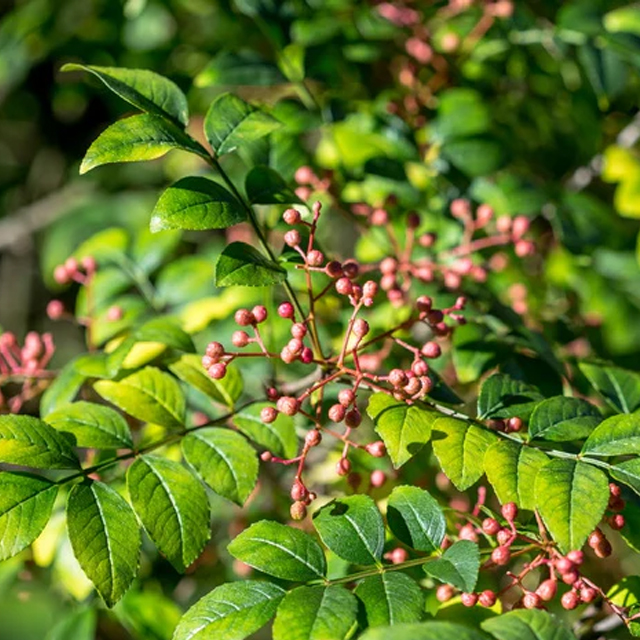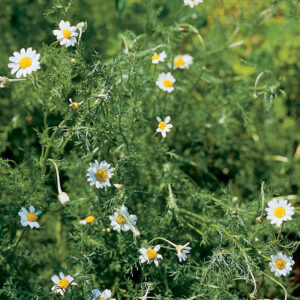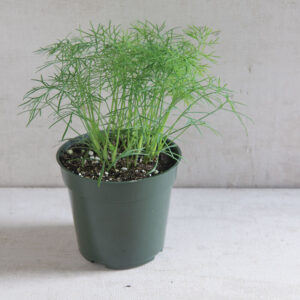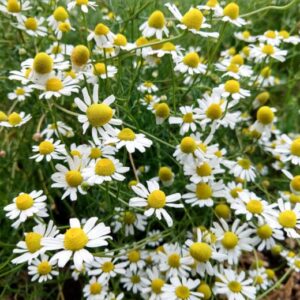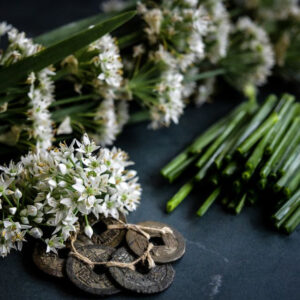Description
Latin Name: Zanthoxylum simulans. About the Plant: Also called Chinese prickly-ash, or Hua Jiao, this shrub or small tree produces the deliciously spicy/numbing Szechuan peppercorn, indispensable in some Chinese cooking. A few other closely related species also produce Szechuan peppercorns as well. Native to eastern China and Taiwan, this species is hardy to at least Zone 6 and above. It may grow to nearly 25 feet tall, but can also be pruned to remain more manageable. The whole fruit, composed of black seeds inside and rough red-brown shell that naturally splits open, is what is dried and used in Chinese cooking, either whole or powdered. It can be used as a table seasoning, replacing black pepper. Roasting apparently brings out even more flavor. The plant is also considered medicinal, with a resin from the bark and roots being used as a tonic and stimulant. Szechuan peppercorns have a unique flavor, somewhat reminiscent of citrus (they are in the same Rutaceae family, along with all citrus, rue, and curry leaf), but with an earthiness, resinousness and warmth quite distinct from any other common food. But it’s not really the flavor that attracts most people to Szechuan peppercorns: it’s more the sensation it causes on the lips and in the mouth. The shell of the fruit which surrounds the seed is the most potent part, and it can be ground, crushed, or used whole. It’s sometimes utilized directly in dishes, but also can be soaked in oil and then the oil used. Seeds should be soaked for 24 hours, then cold-stratified for 120 days, before planting 1/8 inch deep. Happiest in zones 6-9, it will thrive in loamy soils that are well-drained but also retain moisture. It can handle full sun of partial shade.

